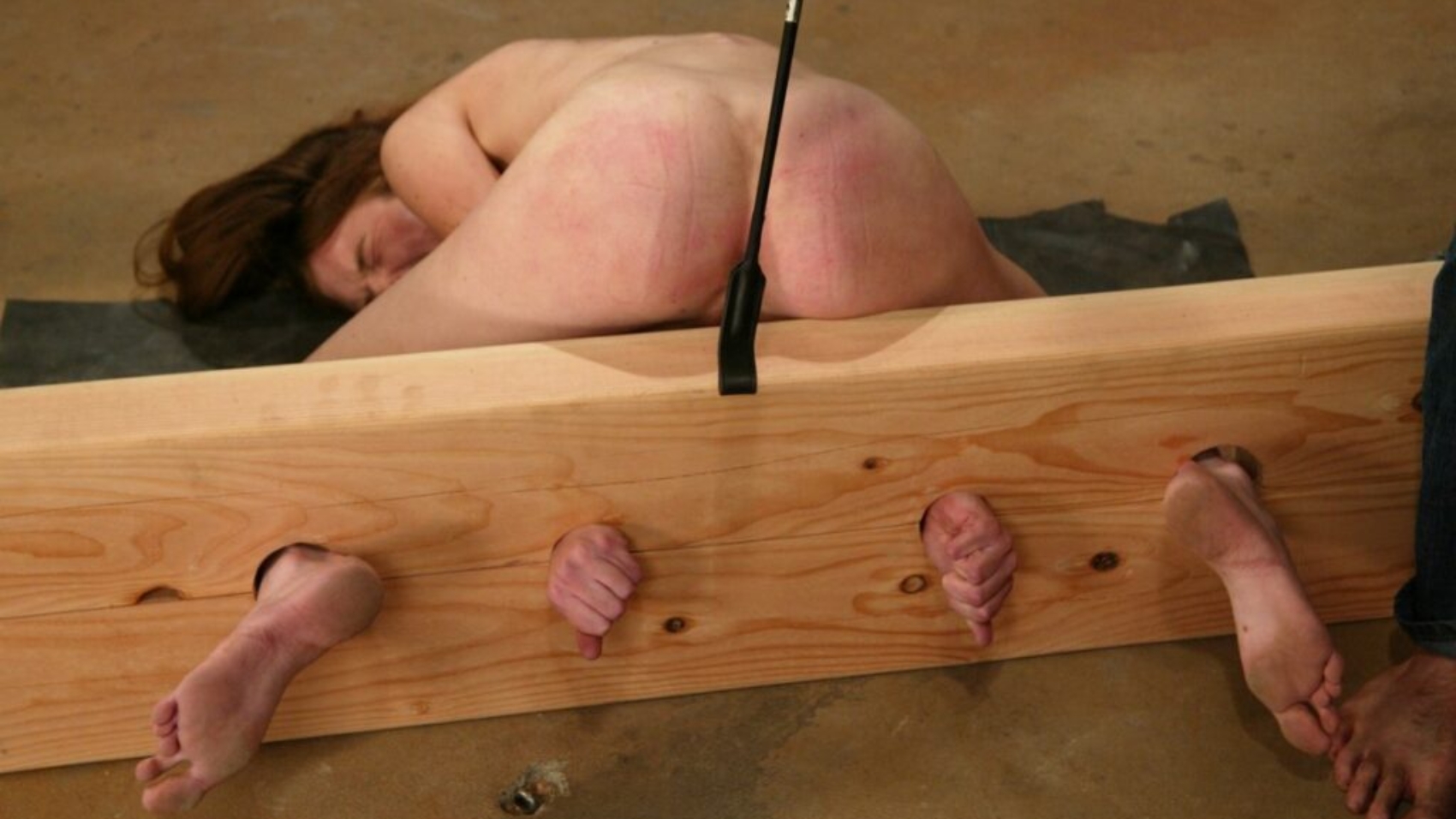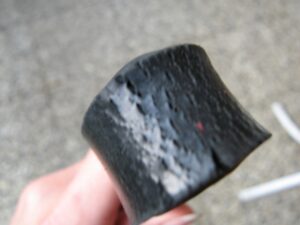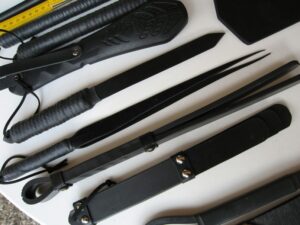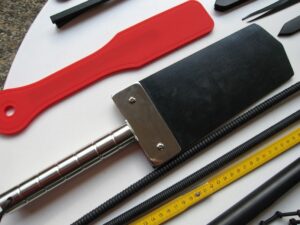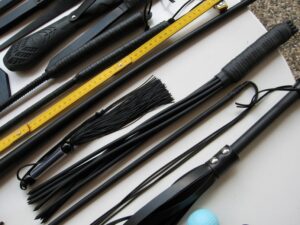Imagine stepping onto a rocky beach, lying down, and rolling around on the stones for fifteen minutes. A few readers might not feel discomfort due to their physical fitness and ability to manage their bodies well. However, for the thousands of others, the experience will likely involve groaning or even comical cries in response to the stones pressing against their muscles, ligaments, lymph nodes, and joints. Yet, many people willingly pick up rigid ropes, chains, and restraints, eager to apply them to their submissive partners.
This discussion is aimed at those intending to impact their partner’s body using various objects. A gentle poke to the zygomatic bone can alleviate a toothache, while a tap to the jugular notch can diffuse aggression. The human body is a complex biological mechanism comprising bones, joints, muscles, tendons, blood vessels, and a nervous system. Safe interaction with the body is only possible with a clear understanding of its structure.
Bones can be long or short (tubular, pneumatic, and compact), as well as flat. They are categorized into those of the head and torso, and the upper and lower limbs. Joints connect bones, forming the skeleton. Joints can be cartilaginous or fibrous, simple (with two bones) or complex. Types of joint cartilage and capsules classify them into ball-and-socket (cup-shaped), flat, ellipsoidal, and saddle joints. Joints can be uniaxial, biaxial, or multiaxial based on the number of movements around three mutually perpendicular axes (flexion and extension around the frontal axis; abduction and adduction around the sagittal axis; rotational movements, both inward and outward, around the vertical axis). There are 80 joints in the human skeleton, excluding the spine.
Ligaments are fibrous tissues that connect bones at joints, allowing for joint mobility. They can be extra-articular, periarticular, or intra-articular. Muscles consist of fibers grouped into bundles, and at both ends, connective tissue forms a tendon that attaches the muscle to the bone. Tendons, like muscles, are composed of bundles of fibers aligned parallel to the muscle’s length. Some muscles have multiple heads attached to different bones.
Lymph nodes receive lymph, bacteria, and debris from tissues and pump it into ducts, then into veins for further processing. They are classified as superficial and deep. Lymph nodes are highly sensitive to mechanical impacts (compression, deformation, and blows), which is crucial to consider when working on the body.
Blood vessels fall into two categories—arterial and venous. Arterial vessels deliver blood, while venous vessels return it to the heart. They begin as arteries or veins and terminate in capillaries. Misjudging the location of vessels and the strength of capillaries can lead to hematomas (bruises), which may be undesirable.
Nerve endings are categorized into sensory and motor, transmitting sensations to the nerve centers and controlling the muscles and organs. Similar to the circulatory and lymphatic systems, the nervous system has a central and peripheral structure with nodes that should be handled cautiously.
Beyond these components, there are dozens of centers, organs, glands, and other systems that should be considered when applying external forces to the human body. Anyone taking responsibility for impacting another’s body should be aware that reckless handling can lead to injuries that require professional medical attention or, in severe cases, the involvement of a medical team.
Bondage, which we’ll discuss further, is divided into three types:
- Cinematic – portrays how not to bind someone for any purpose, often resulting in ineffectiveness and potential injury.
- Professional (Tactical) – where the outcome of the binding can determine life and death, used by law enforcement and military personnel for arrest, transport, and operational purposes. This type is marked by harshness and a disregard for the health of the restrained individual.
- Sexual (Playful) – aimed at achieving positive emotions for both dominant and submissive partners through safe body fixation.
Sexual bondage involves restricting the mobility of joints through various materials. Almost anything within your imagination can serve as a binding material: chains, metal cuffs, ropes, ribbons, vines, or even items of clothing or furniture that achieve safe body fixation.
So, how should one begin bondage? Certainly not by suddenly grabbing a rope and forcing your partner into a position of “victim,” which could prompt intervention from law enforcement. Any restriction of freedom should not be unexpected, as it may lead to injuries severe enough to necessitate a long break from sexual activities.
Start with exploration. Fearlessly delve into your partner’s internal (and external) world, understanding their views on sexual relationships, fantasies, and preferences. The more you learn about your partner, the clearer and smoother your relationship will become. Investigate their body for sensitive areas, lumps, moles, and flexibility of joints (especially the hips and shoulders), and discuss any chronic conditions like varicose veins, arthritis, or scoliosis. Even minor salt deposits in a joint can result in injuries during bondage experiments. Encourage your partner to perform stretches and poses that test their flexibility, ensuring their joints and ligaments can handle the pressure of your weight as you apply it during these exercises. If your partner struggles with some positions, it’s a sign that not all poses born of your imagination will be accessible during bondage sessions.
Binding techniques should never overlap with arterial tourniquet application, acupressure, or torture techniques, although experienced partners may find overlaps acceptable.
The primary principle of binding is to immobilize a joint (or a group of joints). Bound wrists still allow eight degrees of freedom at the shoulder and elbow joints, which is why Eastern binding techniques emphasize working with the “middle” joints—specifically the knee and elbow. How can you restrict movement at a specific joint? There are two methods:
- Bind (or cuff) the body part connected to the joint you wish to restrict to another object or body part. The possibilities are numerous, limited only by your imagination and your partner’s capabilities. For example, one can safely be bound to a hot radiator or even touch their foot to the back of their neck.
- Fix both sides of the joint in a borderline position. For the hands, this can be the “monk” or “praying mantis” position; for the legs, “seiza.” However, one must understand that bringing any joint to a limit state must be done with utmost care, balancing the desires of the dominant partner with the capabilities of the submissive.
The second method often complements the first by tying limbs together, thus immobilizing the hip and shoulder joints.
Binding to furniture, architecture, or trees should ideally be preceded by at least minimal education in materials resistance and technical mechanics, as visible strength can sometimes yield unexpected consequences for the untrained—chairs or beds can collapse, leading to unanticipated stresses on the joints and ligaments of the helpless partner, and broken pieces can cause injuries. Posts might lose their supports and fall with the bound individual, and mechanisms may unexpectedly activate for reasons beyond your control.
A specific area of bondage is suspension, which requires a deep understanding of physiology and anatomy, engineering knowledge, and awareness of the entire biomechanical complex of the suspended human body. Beams, hooks, or brackets capable of supporting three times the weight of the suspended individual must be used for suspension. Ropes, cables, or chains must also be able to withstand significantly greater weights than that of the suspended individual. Never suspend a person in places or on devices not intended for it—such as chandelier hooks, doors, or tree branches. If you decide to create your own conditions for suspending your partner, adhere strictly to installation techniques for brackets and hooks designed for the specific structures they will attach to.
The desire to incorporate bondage into your relationship can lead to a wide spectrum of emotions and sensations. Still, it carries risks of mistakes and issues due to insufficient caution and foresight. Even if you are itching to wrap your submissive in rope or have experience in bondage—keep learning. Read as much literature on anatomy and physiology, nervous activity, and psychology as you can. Seek out reputable experts to study binding techniques from those who have established credibility…



